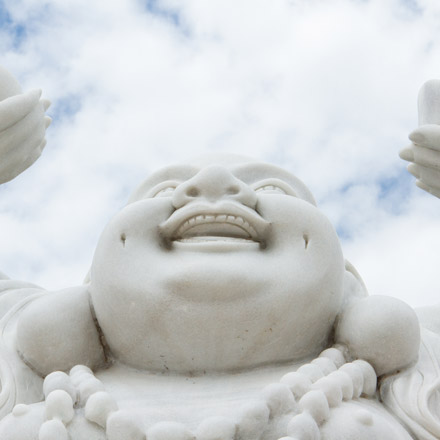

Some History on the Matter
Porcelaneous ware was first made in China, hence the common name china. Chinese porcelain is less vitrified and therefore softer than it’s modern European counterpart, which was developed in Germany in the 18th century.
The history books tell us that Josiah Spode introduced his new bone china pottery around 1797. This was to prove the English solution to the quest for porcelain.
Bone china became the English porcelain. It very quickly became popular due to the diminishing trade with China caused by very heavy import duties on porcelain, 108{d67e02d3c805433ed5ab8624415ab3705336dc39e3ad85311909ac819a74940a} in 1799, and less merchant shipping available because of the need to sustain naval and military forces overseas.
It was easy for existing factories to convert to making bone china because the sequence of processes were the same as for earthenware.
With the Prince of Wales being a leader of taste at the beginning of the 19th century and the growth of the professional and merchant classes, the market was established and it continues to thrive today.
Next: Insights Home



